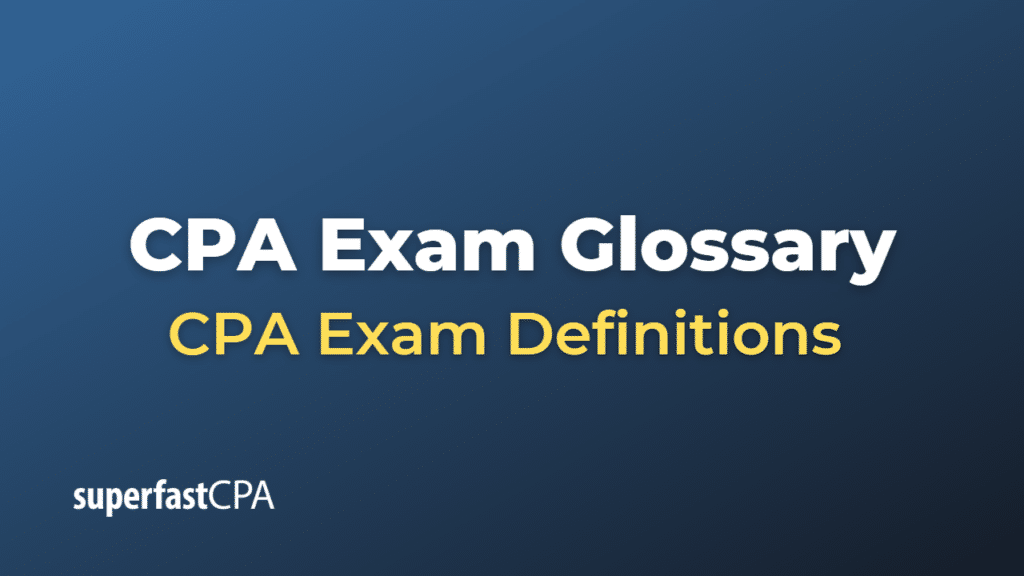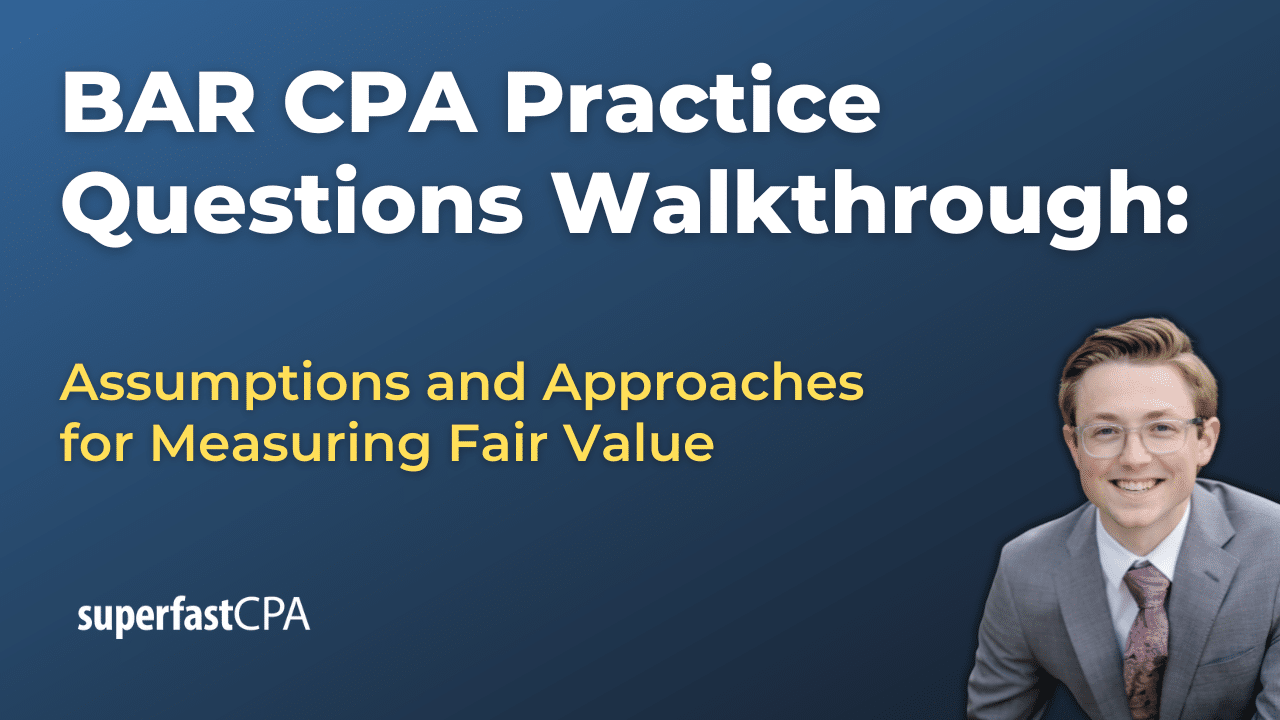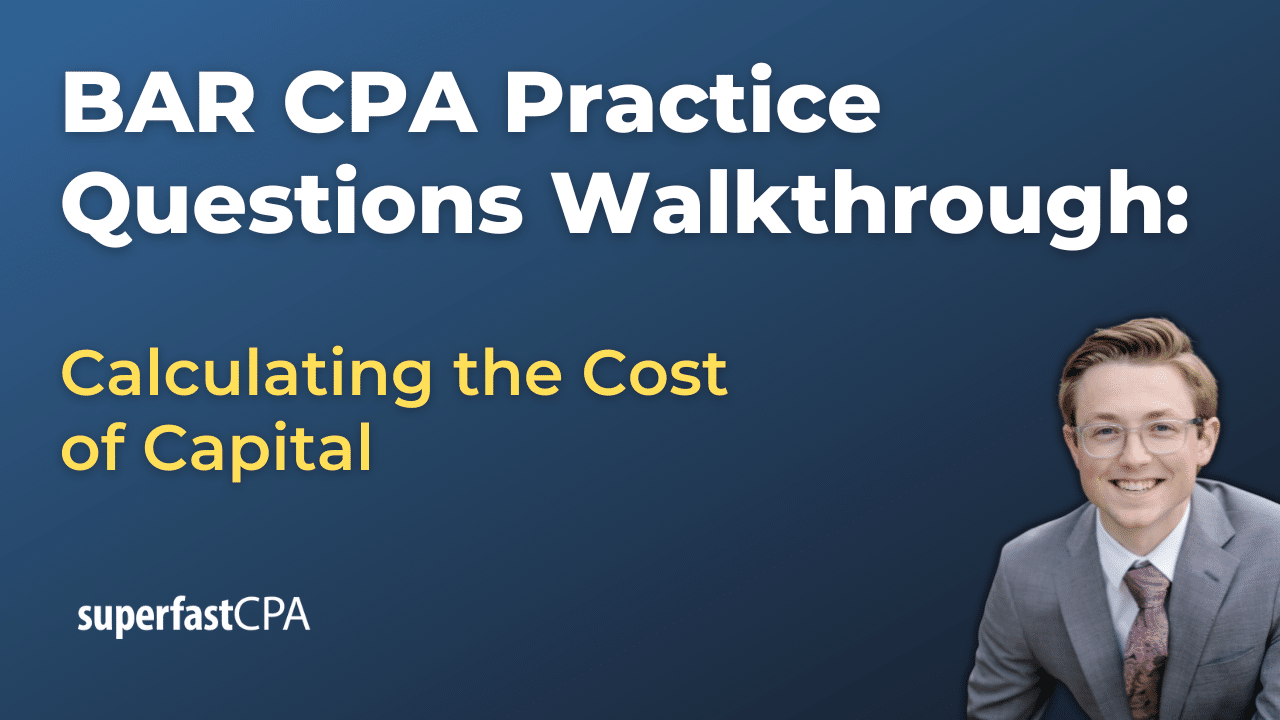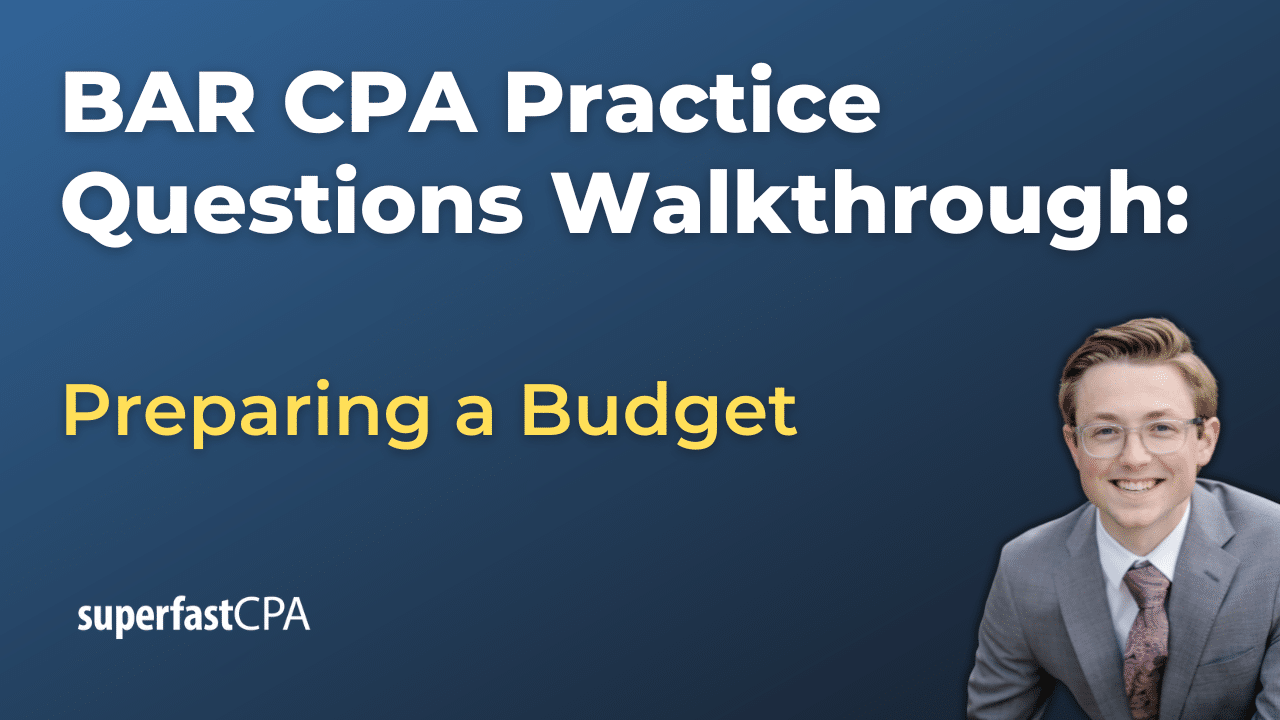Below you’ll find the links to individual definitions from our CPA exam glossary.
CPA Exam Glossary

Share This...
Other Posts You'll Like...
Helpful Links
Recent
Want to Pass as Fast as Possible?
(and avoid failing sections?)
Watch one of our free "Study Hacks" trainings for a free walkthrough of the SuperfastCPA study methods that have helped so many candidates pass their sections faster and avoid failing scores...












